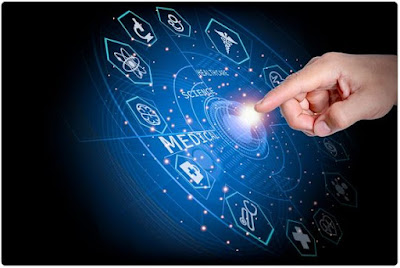Minimal Residual Disease Testing Industry: Current Landscape and Future Prospects
Minimal residual disease (MRD) testing is a diagnostic method used to detect the presence of cancer cells in patients who have completed treatment for cancer. It is an essential tool for monitoring cancer patients' response to treatment and predicting the likelihood of disease recurrence. The MRD testing industry has been growing rapidly, driven by increasing cancer prevalence and the need for better cancer care management. Current Landscape of the MRD Testing Industry The MRD testing industry is currently dominated by a few key players, including Illumina, Roche, and Thermo Fisher Scientific. These companies have been investing heavily in developing new technologies and expanding their product portfolios to cater to the growing demand for MRD testing. The Minimal Residual Disease Testing Market is expected to grow at a significant CAGR of over 14.0% during the forecast period of 2022-2027 and projected to reach a value of $2.3 billion by 2027. This growth is dr...
